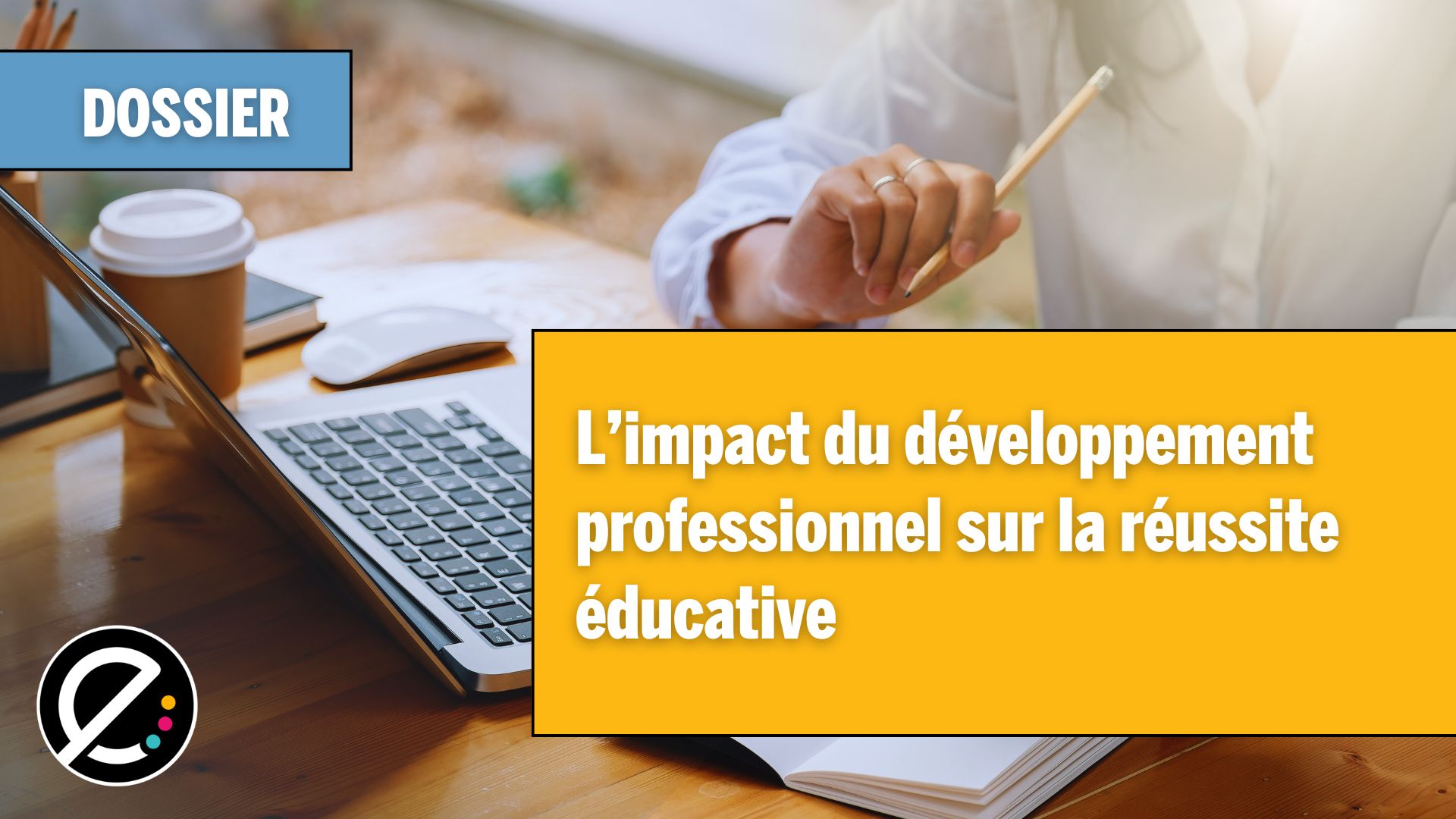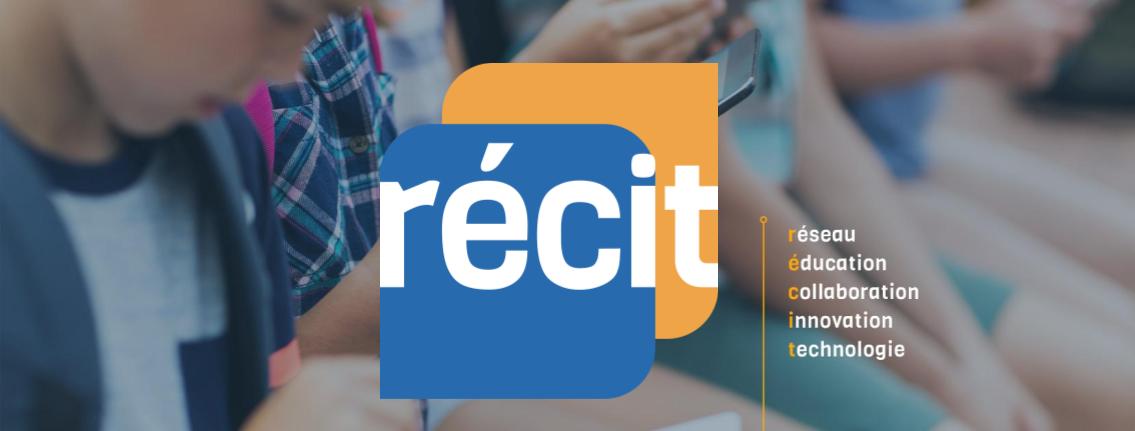Une étude récente a démontré qu’il serait possible de prédire les problèmes de lecture et de dyslexie chez les enfants à l’aide d’un scanneur du cerveau. Voici un peu d’information sur outils TIC qui permettent d’alléger le fardeau des élèves atteints de ce trouble.
« Il serait possible de prédire les problèmes de lecture et de dyslexie chez les enfants à l’aide d’un scanneur du cerveau », révèle une étude mise en lumière dans la revue scientifique Psychological Science. En effet, des chercheurs de l’Université de Californie à San Francisco ont examiné l’imagerie cérébrale de 38 élèves de la maternelle. Tel qu’indiqué sur le site Canoe, ils ont par la suite suivi l’évolution de la matière blanche du cerveau de ces enfants jusqu’à la 3e année. Ils ont découvert des différences notables parmi les enfants qui avaient de la difficulté à lire. Rappelons que la matière blanche est reliée directement à la perception, la pensée et l’apprentissage.
Parmi les troubles de la lecture, il y a notamment la dyslexie, qui entraine des problèmes en écriture chez ceux qui en souffrent et, ultimement, rend leur cheminement scolaire laborieux. Heureusement, différents logiciels, tels que Médialexie, Kurzweil, WordQ et autres, permettent d’alléger le fardeau des élèves dyslexiques grâce à leurs fonctionnalités particulières.
Ces aides technologiques permettent entre autres aux jeunes, dès le primaire, à combler leur manque de fluidité et de précision en lecture. En effet, comme ils misent sur les aspects visuel et auditif, les mots d’un texte sont à la fois mis en surbrillance et dictés selon un rythme et un débit que l’utilisateur peut lui-même déterminer.
Grâce au volet visuel, qui renforce et structure la manière d’écrire les mots lus, l’élève devient plus susceptible de les écrire correctement. L’aspect auditif met quant à lui l’emphase sur la phonétique des mots lus, permettant ainsi de prononcer adéquatement, ou de détecter les erreurs évidentes lors de la relecture d’une composition. D’ailleurs, les logiciels offrent la possibilité de varier les langues (anglais ou français) aussi bien que sélectionner le type d’accent (français international, canadien, etc.).
Ces programmes mettent également à la disposition des personnes dyslexiques des outils d’écriture, comme un correcteur dysorthographique, pour que les élèves puissent retrouver le bon orthographe d’un mot mal écrit grâce à sa phonétique. On appelle cette fonctionnalité la prédiction de mots.
Par ailleurs, un autre aspect intéressant est sans contredit la quantité impressionnante de textes de tous genres disponibles dans les banques de données des logiciels, ou leur capacité à s’adapter à tout autre texte numérisé.
Ces logiciels sont donc des outils précieux pour les personnes souffrants de dyslexie et permettent sans contredit d’améliorer la compréhension de la lecture, de renforcer une écriture manuelle défaillante ou d’obtenir de meilleurs résultats lors de différents tests.
On peut en savoir plus sur les différentes fonctions d’aide et les logiciels sur le site du Service national du RÉCIT en l’adaptation scolaire, ou encore en consultant ce tableau très clair des services éducatifs de la CS des Découvreurs.






